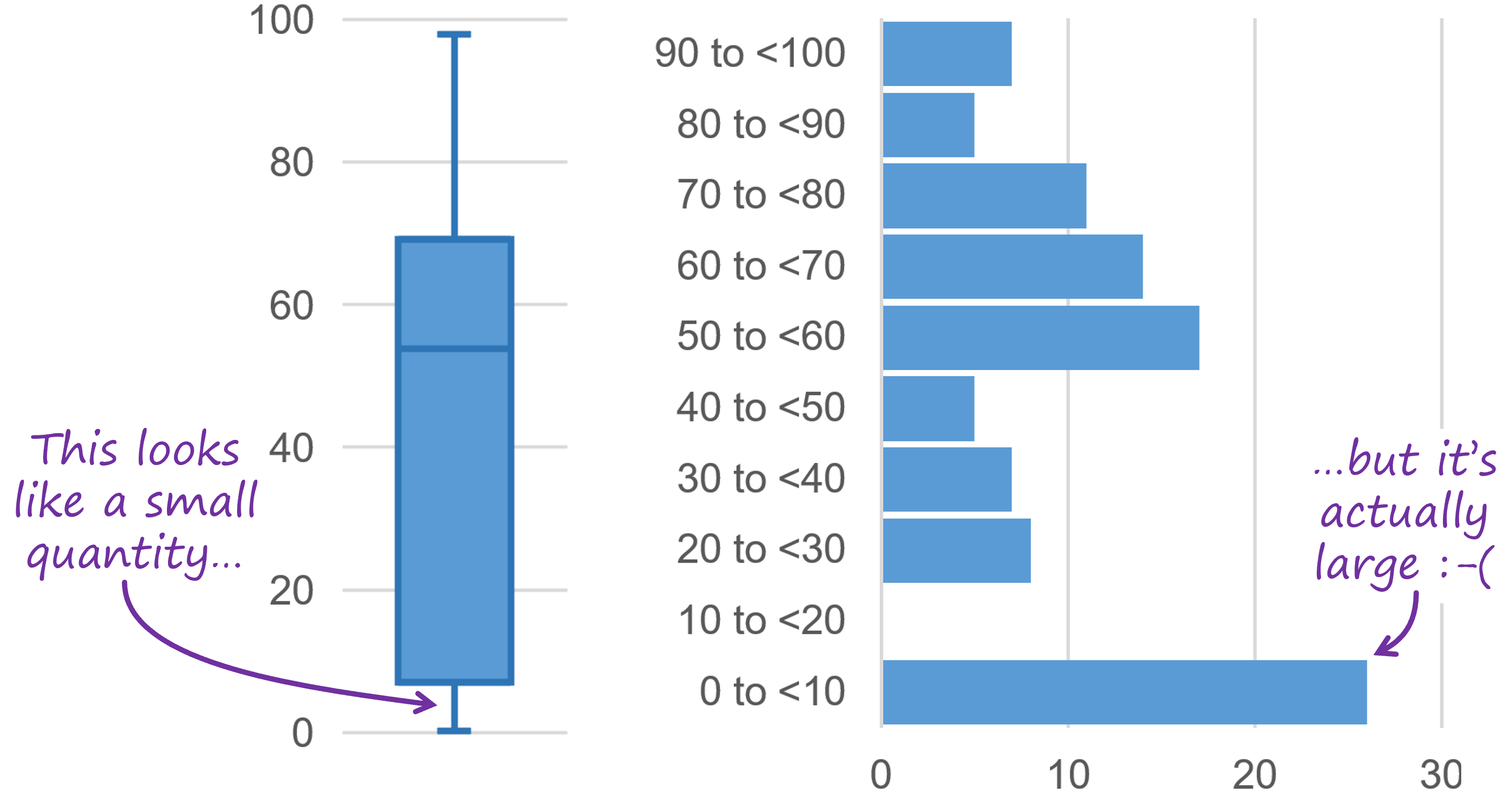

That’s all there is to it, so the next time you’re thinking of making a bar graph or a histogram, think about using Tukey’s beloved box-and-whisker plot too. Basically, it gives you a good overview of the data’s distribution. For example, if there are more people who eat a lot of burgers than eat a few, the median is going to be higher or the top whisker could be longer than the bottom one. See the 'Comparing outlier and quantile box plots' section below for another type of box plot. You can also see which way the data sways. The term box plot refers to an outlier box plot this plot is also called a box-and-whisker plot or a Tukey box plot. During the lesson, students learn to construct this graphical display and interpret its meaning in the context of the situation. The box-and-whisker of course shows you more than just four split groups. Box-and-Whisker Plots About this Lesson This is a foundational lesson for box-and-whisker plots (boxplots), a graphical tool used throughout statistics for displaying data.

If more than one outlier ate the same number of hamburgers, dots are placed side by side. Dots represent those who ate a lot more than normal or a lot less than normal (outliers). Those in the top 25% of hamburger eating (713) are shown by the top “whisker” and dots. Take the top 50% of the group (1,426) who ate more hamburgers they are represented by everything above the median (the white line). We’ll sort those responses from least to greatest and then graph them with our box-and-whisker. Let’s say we ask 2,852 people (and they miraculously all respond) how many hamburgers they’ve consumed in the past week. In any case, here’s how you read a box plot.
#How to read a box and whisker plot how to
It could be that people don’t know about it or maybe are clueless on how to interpret it.

The box plot, although very useful, seems to get lost in areas outside of Statistics, but I’m not sure why. Think of the type of data you might use a histogram with, and the box-and-whisker (or box plot, for short) could probably be useful. Tukey, used to show the distribution of a dataset (at a glance). In the example above, we are looking at Sales by Sub-Category.The box-and-whisker plot is an exploratory graphic, created by John W. To create a box-and-whisker plot, start by creating a bar chart with the dimension and measure of interest. How to Make a Box-and-Whisker Plot in Tableauīox-and-Whisker Plot is one of the out-of-the-box Show Me options in Tableau, but they are actually created with reference lines – which is what we’ll show here. While we can easily find several insights in this visualization and believe box-and-whisker plots to be among the most effective ways to communicate distributions, we find them to be one of the most misunderstood chart types when we attempt to share them with an external audience.įor this reason, this post shares not only how to make Box-and-Whisker Plots in Tableau, but how to read them. In short, this visualization is showing how the distribution of monthly sales vary between product sub-categories. Since the level of detail is month of order date, each Sub-Category column has 12 circles, one for each month of the year. The elements required to construct a box and whisker plot outliers are given below. In the box and whisker diagram, it has five pieces of information, (also called a five-number summary). The level of detail, or most granular level of the analysis, is Month of Order Date. The box and whisker plot displays how the data is spread out.


 0 kommentar(er)
0 kommentar(er)
